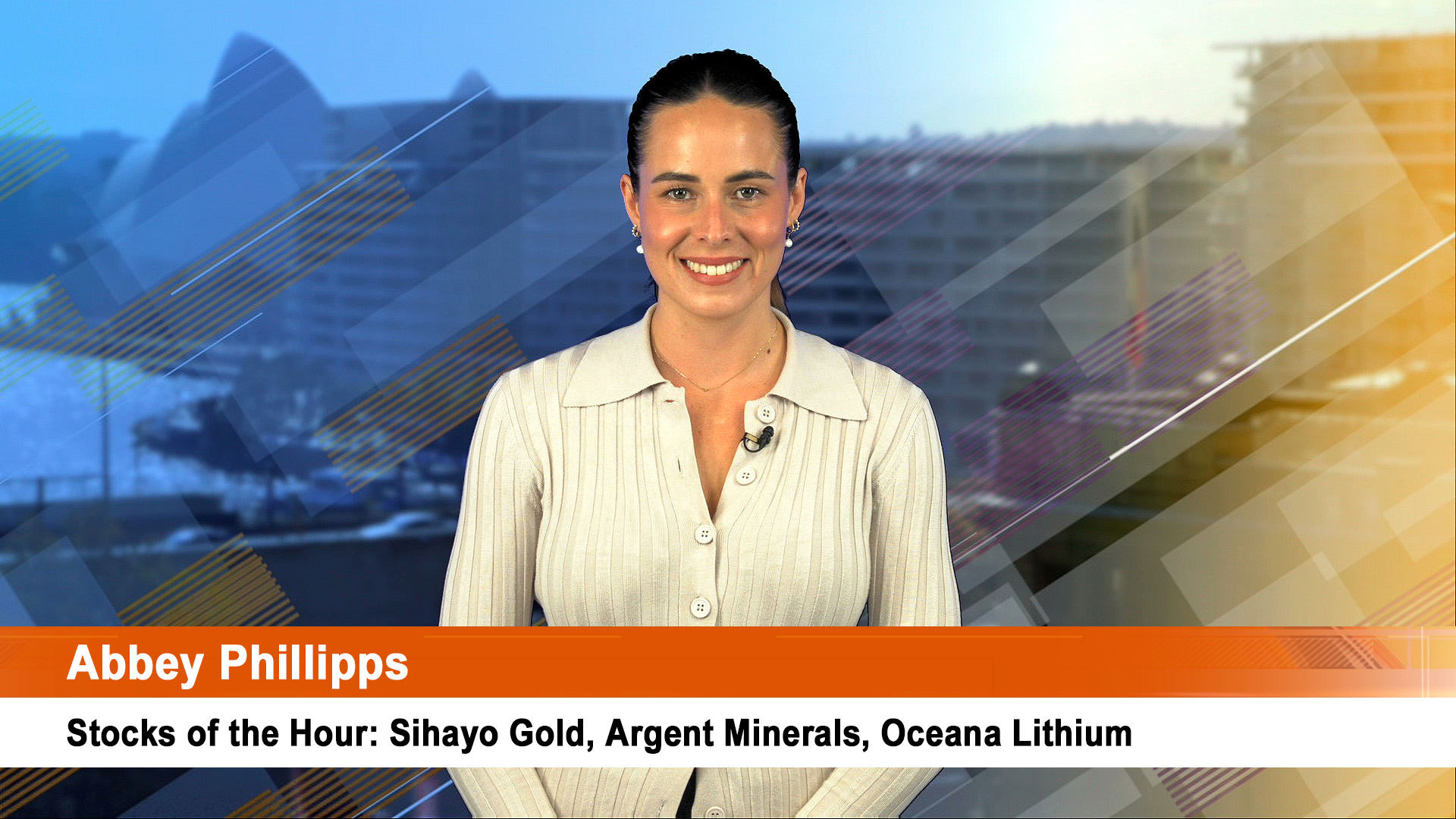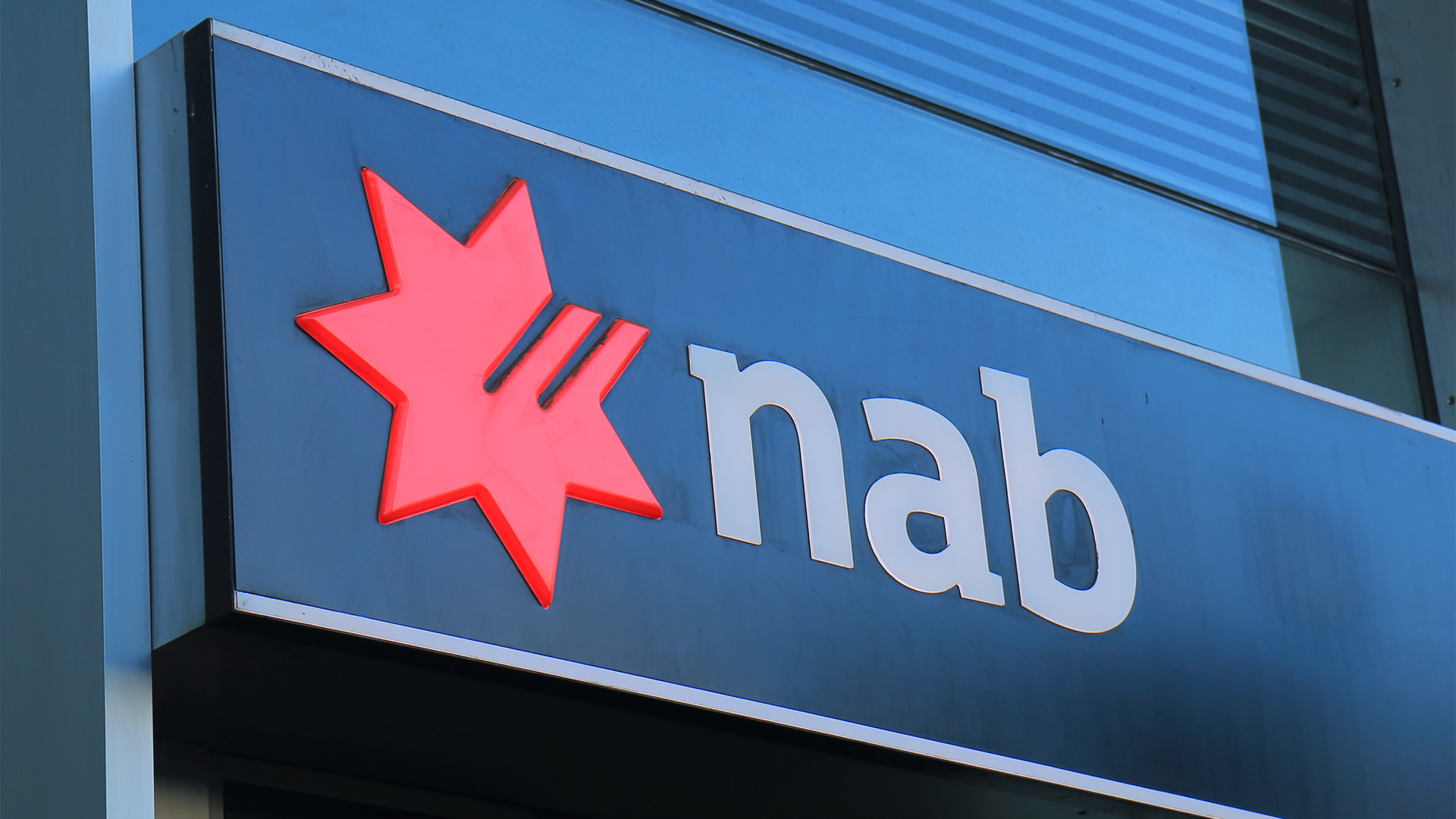Wall Street fell sharply Monday, with the S&P 500 lurching back into correction territory and Nasdaq turning lower for 2018 and nearing correction territory.
But while the Dow, S&P 500 and the Nasdaq all finished off their lows for the session, the Dow and the S&P 500 ended at their lowest levels since last November.
At one stage the Dow was down more than 710 points, or nearly 3% at 23,391.29, the S&P 500 was off more points, or 3.13% , to 2,558.24 and the Nasdaq had shed 253.79 points, or 3.6%, to 6,809.65.
The drop was fuelled by a now common combination of China’s latest trade retaliation and more ignorant attacks from President Trump – this time on online giant, Amazon which sparked nervy selling in the stock and across tech majors. Amazon shares were down more than 7% at one stage and ended off 5.2%.
Our market is heading for a sharp fall this morning after Wall Street’s slide – the 10 point rise in the share price futures market relates to last Thursday night, not overnight Monday when the market was shut.
Gold rose, oil was weak and US bond yields fell sharply as investors bailed out of shares and headed for the safe haven of Treasuries and cash.
West Texas Intermediate crude futures fell $US1.93, or 3%, to $US63.01 a barrel, its biggest one day fall for three months. Comex gold was up $US19.60, or 1.4%, at $US1,346.90 an ounce.
The US dollar rose, but finally weakened to be down slightly on the day while the Aussie fell more than half a cent to 76.55 US cents from last Thursday’s close.
In bond markets, the yield on the 10-year US Treasury fell under 2.73% to 2.729%, and then rose to 2.737 at the close.
The Dow fell 458.92 points, or 1.9%, to 23,644.19. Losses were widespread as 29 of the 30 stocks fell. The S&P 500 shed 59 points to 2,581, a loss of 2.2%. Only 13 of the S&P’s 500 components ended higher
The Nasdaq lost 193 points, or 2.7%, to 6,870.
With Monday’s stumble, it is now down 0.5% for 2018. The tech-heavy index is also near correction territory, defined as a drop of at least 10% from a peak.
The Nasdaq hasn’t had a correction since February 2016.
Weakness in shares of Amazon.com, which was in the line of fire from President Trump over the long weekend and on Monday, drove the discretionary decline. Amazon shares are down 8% in the past month.
Tesla shares fell another 5% after falling 22% last month after it recalled 123,000 cars to fix a problem and revealed more details of a fatal crash last week.
Last Thursday marked the end of the month and quarter and all three indexes lost ground – the Dow fell 2.3% and the S&P lost 1.2%. Both ended nine-quarter streaks of gains; for the Dow, that represented its longest such streak since 1997.
The Nasdaq rose 2.3% in the first quarter, its seventh-straight quarterly gain, though it fell in March.
Trade policy continued to be in the forefront in the minds of investors. China revealed details of its tariffs around 130 US products, including a 25% penalty slapped on US pork and 15% on fruit (see separate story).
Trump increased his attack on Amazon’s business practices on Saturday and Monday claiming that the US Postal Service loses money each time it delivers Amazon packages (when the Post Office makes money, especially with the Sunday deliveries for Amazon).
The drop on Wall Street came in spite of the healthy US economy. The IHS Markit manufacturing purchasing managers index hit a three-year high of 55.6 in March, up from 55.3, while a second survey of manufacturing for the same month came in at 59.3, compared with a previous monthly reading of 60.8. A reading of 50 or above indicates improving conditions.
Australia, Hong Kong and European markets were all closed on Monday, but among the markets open for trading on Monday, Japan’s Topix reversed an earlier rise to close down 0.4% while the Nikkei fell 0.3%.
That came in the wake of the latest Bank of Japan’s Tankan survey showing that confidence among Japan’s large manufacturers eased in the first three months of the year. That was the first fall in two years.
South Korea’s Kospi Composite index lost 0.1% after early gains China’s main indexes ended down 0.1%.
The Caxin-Markit purchasing managers’ index of mainly small, private businesses dipped to a four-month low of 51 in March while the official survey released on Saturday rose to 51.5 from 50.3 a month earlier.
Chinese iron ore prices rose on the first day of the new month and quarter – up 81 cents or 1.2% to $US65.80, according to the Metal Bulletin 62% Fe Iron Ore Index (See separate story).













